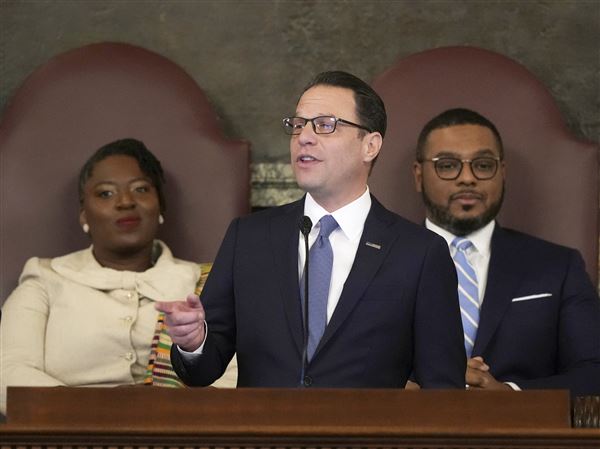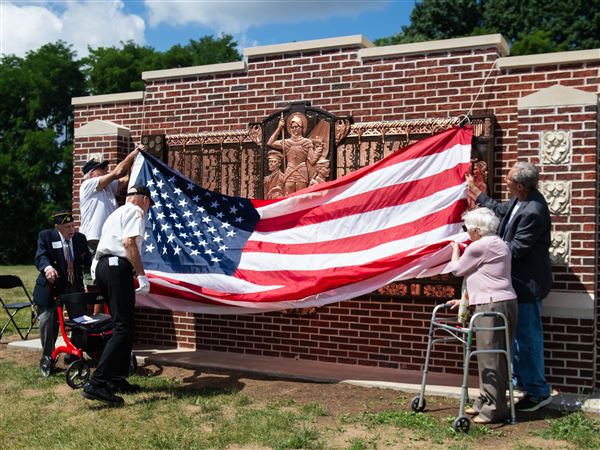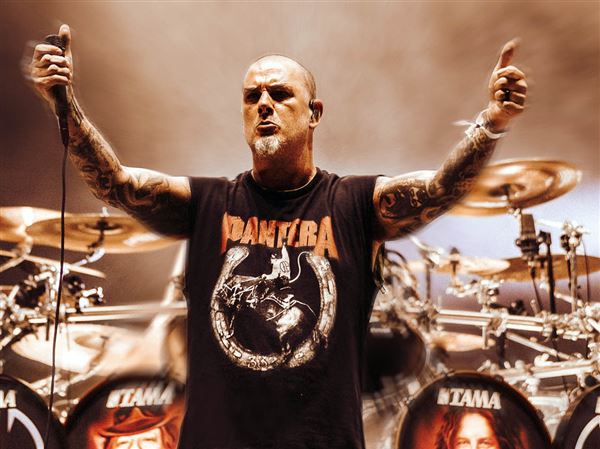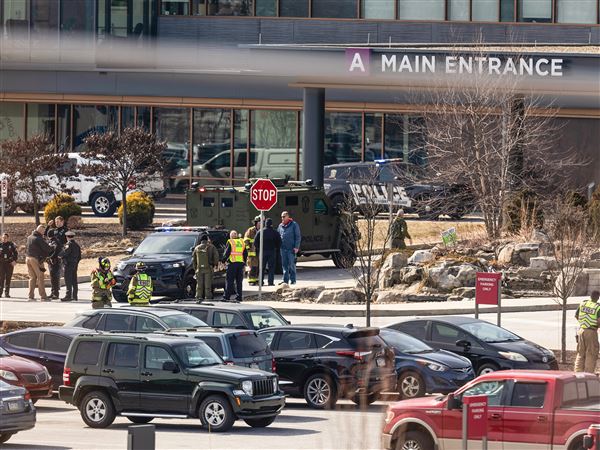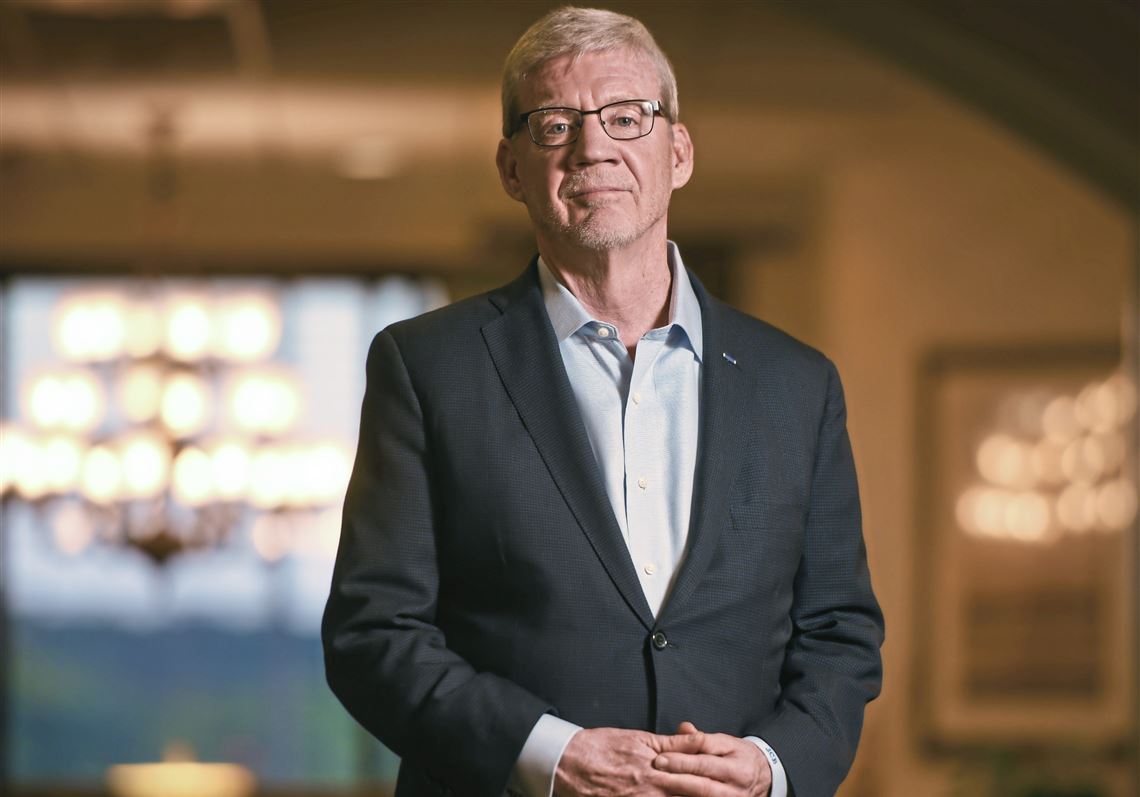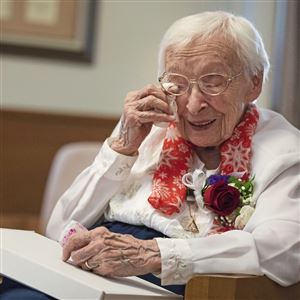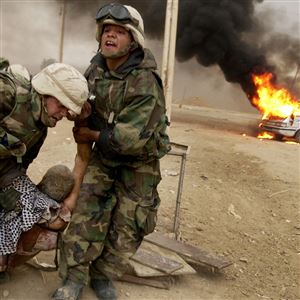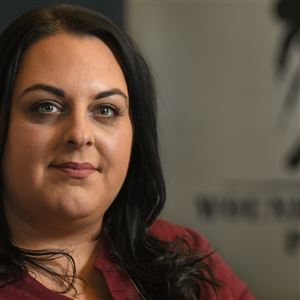Survivor’s guilt from the Iraq War tortured John C. Burns day and night, yet he did not seek treatment for his diagnosed post-traumatic stress disorder, fearing it would make him appear weak and hurt his military career.
James Martin thought he was doing just fine after three deployments to Iraq and Afghanistan, ignoring the PTSD symptoms of anger, depression, loneliness and suicidal thoughts.
Both Mr. Burns, 61, who retired as an Army colonel in 2007 after nearly 28 years, and Mr. Martin, 38, who retired as a Marine Corps staff sergeant in 2015 after 15 years, are doing much better today, having received the help they spurned for years.
But their stories of struggling with PTSD and, in Mr. Burns’ case traumatic brain injury and other wounds, illustrate some of the unique problems faced by veterans of the Iraq and Afghanistan wars, compared with those of earlier wars. Many more have served multiple deployments in both countries — the stints are more frequent and longer with shorter rest periods in between — increasing the likelihood of mental stress, anxiety and injuries. A 2018 Rand Corp. study found that 2.77 million U.S. troops had served on 5.4 million deployments since 9/11.
In Iraq and Afghanistan, there is no front line, no enemy soldiers in uniforms. Death constantly hovers in the hot air as terrorists use unconventional tactics such as improvised explosive devices and suicide bombers. Advanced medical technology and swift battlefield rescues are saving grievously wounded soldiers who would have died in earlier wars — testing the limits of home front medical and mental health care, employment and independent living.
Despite increased firepower and the nearly 27-year length of the two wars, these have the lowest rates of death in the history of U.S. warfare. But rates of PTSD and traumatic brain injuries are at levels never seen before.
Additionally, the Pentagon, Veterans Administration and veterans service organizations are struggling to combat high rates of suicide among veterans, as well as homelessness and unemployment.
On Monday, the 18th Veterans Day since American troops were sent to Afghanistan, the unique consequences and casualties of these wars continue.
IEDs and PTSD
Mr. Burns, a Waynesburg native now living in Orlando, Fla., was commissioned as a second lieutenant after graduating from Washington & Jefferson College in 1980. He has served in battle deployments to Panama, Kosovo, Bosnia and Afghanistan, and participated in the invasion of Iraq in 2003.
A year later, Mr. Burns, who was a helicopter pilot for most of his military career, was in Baghdad, commanding a multi-day convoy of soldiers riding in three Mitsubishi SUVs. On the seventh day of the convoy — it was Mother’s Day and over 120 degrees Fahrenheit — a government employee needed to get to the city’s Green Zone.
Then-Col. Burns directed the man to ride in Burns’ regular seat in the second vehicle, and he moved to the lead vehicle. Traveling at a high rate of speed to avoid a terrorist attack, the second vehicle took a direct hit from a roadside IED, an artillery shell rigged to the guardrail and triggered by a cell phone.
It exploded with such force that the second vehicle was destroyed. Mr. Burns vehicle overturned, and he and four other soldiers sustained injuries to their shoulders and legs. One person was killed — the man who was sitting in Mr. Burns’ regular seat.
“At the time, I didn’t process it,” he recalled, realizing that but for fate, he would have been the one killed. “You learn to compartmentalize it, to kind of stuff it down.”
He returned to the states in mid-July, got treatment for his left shoulder and shrapnel injuries — in all, he has had a dozen surgeries, including two reconstructions of his shoulder — and was diagnosed with PTSD. He did nothing about it because of the stigma of “seeming weak,” he said, and feared he’d lose his high security clearance. He taught at the U.S. Naval War College in Newport, R.I.
Ignoring the signs of PTSD didn’t make them disappear. He said 2005 “was a very dark year.”
“Survivor’s guilt was eating at me. I was using alcohol, I didn’t want to be around people, I camped out in the basement. I had sleepless nights and the same nightmare over and over — the vision of his face looking up at me.”
Mr. Martin, a 1999 Beaver Falls High School graduate who now lives in Monaca, had similar experiences during his three deployments — 2003 for the Iraq invasion, 2005 in Fallujah, Iraq, and 2012 in Afghanistan.
During the first one, “we had incoming [fire], but there was no such thing as an IED then,” he said. For the second deployment, “There were bombs on the side of the road, women in suicide vests, vehicles driven with an IED, dead animals on the road with explosives. I had anger, hostility, horrible dreams. My wife needed to leave. The man she married was not the man who came home
“I didn’t realize it. I didn’t know until I got older. I thought I was great. I was wrong.”
Afghanistan, he said, “was like the Wild West ... we’re not trained for a woman in an IED vest. Or a dad who puts a bomb on his kid and tells him to run out into the street.
“There is no amount of training for what it’s like when an 80-pound IED in a car goes off. No one can teach you how loud it is, how bright the light is, how hot it is. You deal with that possibility every day. That right there will drive a grown man crazy.”
After his tour, he was stationed in Hawaii but in May 2013 found himself in a hospital, paralyzed from the chest down from degenerative disc disease that had been worsened during his deployments. He struggled to walk out of the hospital five days later, and physical and occupational therapy has brought him back, although he has no feeling in his lower legs and suffers from pain in his shoulders, neck and spine. He was medically discharged from the service in 2015, and that brought on a new set of problems compounding his untreated PTSD.
“Depression, pain, anguish, not trusting anyone, not being able to deal with people, a loss of identity and purpose.
“I know for sure the thought of ending it all had come to mind,” he recalled. “I just didn’t put anything into action.”
Unique wars, unique wounds
In previous wars, PTSD has gone by different names. Shell shock (World War I), battle fatigue (World War II), combat stress (Vietnam), and perhaps most poetically, soldier’s heart (Civil War).
A 2015 study of 738 veterans by the National Center for PTSD found that terrorist tactics such as suicide attacks and roadside bombs used in Afghanistan and Iraq may trigger more post-traumatic stress than conventional warfare. And a 2008 study by the Rand Corp. found that nearly 20% of military service members who returned from Iraq and Afghanistan reported symptoms of PTSD or major depression, yet only slightly more than half have sought treatment.
As for traumatic brain injuries, the “signature wound” of the wars, a study published by the Journal of Neuropsychiatry in 2017 found that 17.3% of these vets met the criteria for TBI during military service with about half reporting multiple head injuries. Soldiers with TBI suffered higher rates of PTSD, depression, back pain and suicidal thoughts.
Suicide among all veterans is a prime concern. The VA’s 2019 National Veteran Suicide Prevention Annual Report shows that 45,390 American adults, including 6,139 veterans, died by suicide in 2017. The suicide rate for veterans was 1.5 times that of non-veteran adults.
Mr. Burns and Mr. Martin eventually sought treatment for their PTSD and now are mentoring other wounded warriors. Some ill effects remain, but they are coping.
“I’ve come to terms with survivor’s guilt,” said Mr. Burns, who was awarded the Legion of Merit, Bronze Star and Purple Heart. “My counselor helped me see war is ugly and you don’t control everything.”
To help others, he shares his story — last month, he gave the keynote address at Mental Health America of Southwestern Pennsylvania’s annual dinner in Greensburg.
He is president and CEO of Eagle 6 Technical Services, specializing in government command and control systems and cybersecurity.
Mr. Martin has remarried — like Mr. Burns he credits his wife with helping in his recovery — and is a student at Robert Morris University. He hopes to graduate in 2021 with a degree in fine arts/photography.
“I’m doing way better than I was,” he said. “There is light on the other side.”
Tomorrow: The Pentagon, the Veterans Administration and non-profit service organizations work to address the complex issues Iraq and Afghanistan veterans face.
Michael A. Fuoco: mfuoco@post-gazette.com or 412-263-1968. Twitter: @michaelafuoco
First Published: November 11, 2019, 11:02 a.m.
